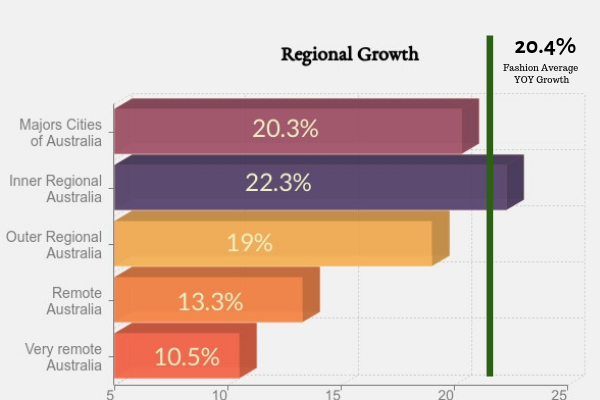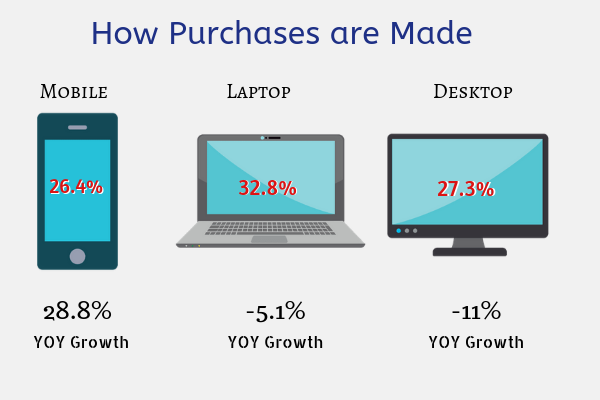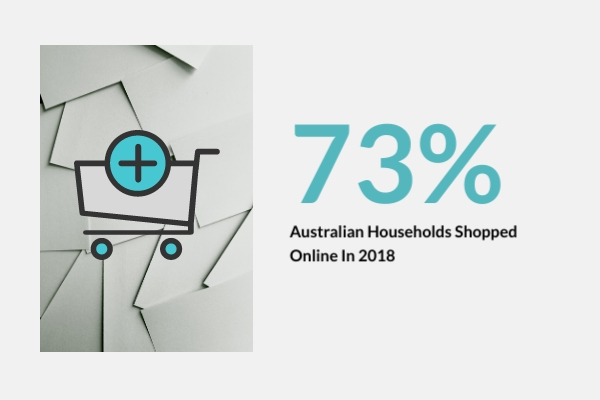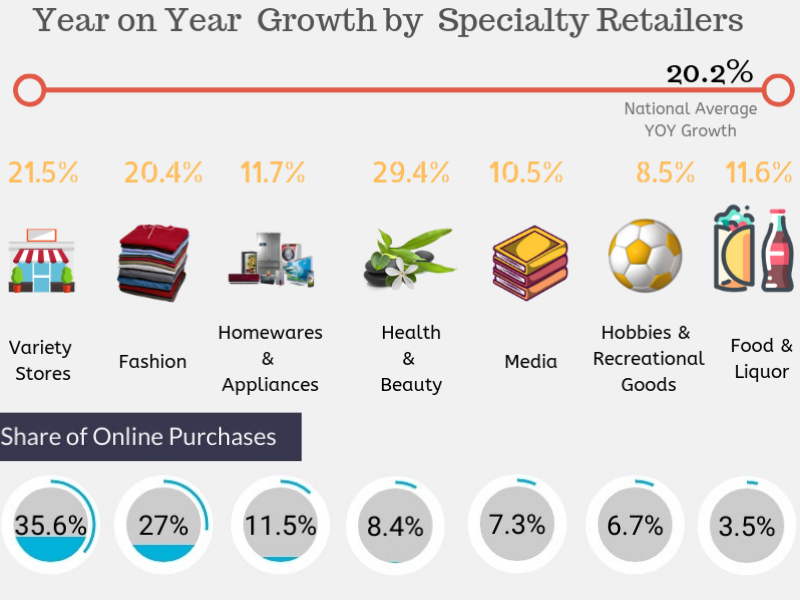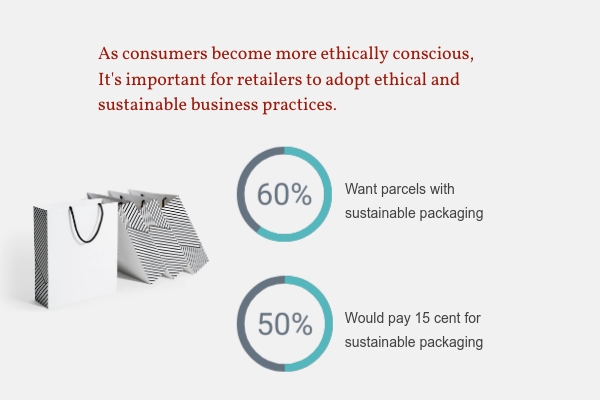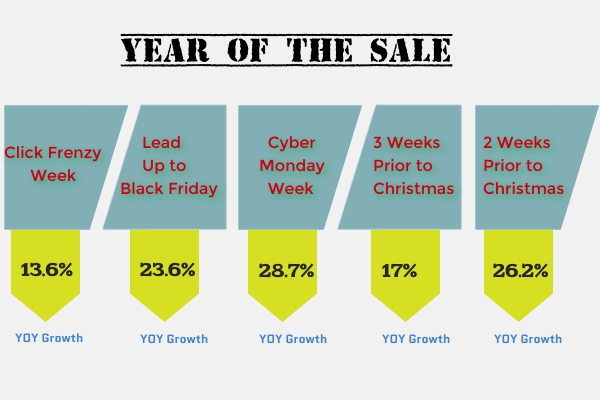The Online Shopping industry has tremendously grown in the course of recent years and has emerged into a significant part of the mainstream Retail Trade division in Australia. Fast development in web and broadband infiltration, joined with consumer recognition of electronic business as a feasible and safe option in contrast to customary blocks and-mortar retailing have supported online shopping. Industry administrators have profited by customers looking for value and variety especially in a time of curbed optional salary development and unstable consumer behavior in the last five years.
Online shopping offers a great platform for customers through very competitive costs and an absence of geological limits. Besides, the usage of
coupons and discount codes have also attracted a tone of customers towards online shopping. Whether its apparel, footwear, household items or tech gadgets, customers can get discount from
Green Living Australia Discount Code and make purchases at reduced costs than the actual price.
As per the new research from
Australia Post, the total online spend in 2018 was $27.5 billion which is a 24% growth for the year. It demonstrates that Australians are grasping online shopping at a quickened rate – with the online merchandise spend for 2018 achieving 10% which is two years quicker than estimated. Hence, the quantity of Australians shopping online has been continuously increasing.
Online Industry Threats And Opportunities And Regional Disparities Affecting Online Market
• Industry administrators have profited by shoppers looking for value and variety in their purchases
• Businesses are anticipated to connect with an even more extensive group of customers because of quicker broadband speeds
• Growth in online shopping has altogether outpaced that of conventional retailers
While most Australians keep on drawing online and take an interest in the digital economy, there are regional incongruities in their dimensions of support. Web customers in major urban regions show identical dimensions of online cooperation to Australians living in Capital urban communities.
As far as web availability is concerned, customers in major urban regions are just marginally behind their partners in the Capital urban areas —82% living in major urban regions have a home broadband connection and 71% have a cell phone, 76-89% in Capital urban areas. Online shopping in local cities has grown by 20% and even remote areas have seen a growth of 10.5%.
While the extent of individuals with a home internet connection in non-urban zones has developed altogether —presently achieving 80%. These users are still behind those in the major capital cities when it comes to the intensity and frequency of online participation. If we talk about the fashion and clothing sector only we see that it has seen an overall growth of 20.4% where Queensland has the largest share of 22.2% followed by Tasmania with 21.7%, Victoria with 21.4% and South Australia with 20.1%. Northern territory showed an increase of 11.1% as well.
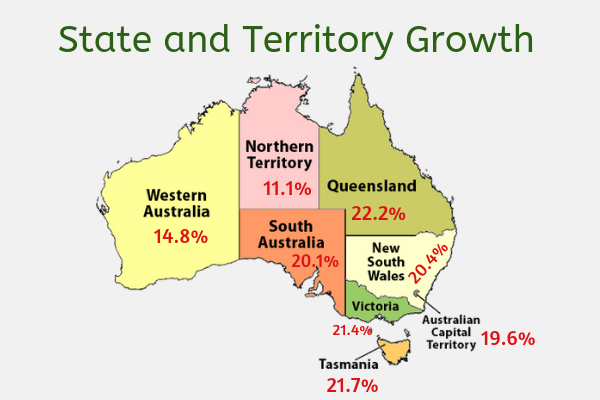
There has been a critical development in cell phone use and getting to the web on mobiles over the four years. Be that as it may, Australians living in real capital urban communities have more levels of web availability and use the web more often for a great variety of online activities as compared to those situated in less heavily populated areas These local contrasts are probably going to be clarified to a limited extent by the statistic profile of Australians living in non-urban regions.
Australian Households Shopped Online In 2018
New research by Roy Morgan demonstrates that throughout the year to March 2018, almost 9.46 million (73%) of Australians aged 14+ have purchased something online in a month; this shows an increase of 590,000 in only a year! If we co spare these figures with those of 2014, there’s an increase of 2.3 million.
These are the most recent discoveries from the Roy Morgan Single Source review of more than 50,000 Australian customers directed in one year till March 2018 which included more than 5,000 online shoppers.
Things Australian Purchase
Of the things purchased, leisure and entertainment items represent the highest number of web shoppers, with 4.5 million individuals purchasing something from this class of products in a month on average. It is followed by Fashion which contributes to 2.7 million, Food and Beverages amounting to 2.4 million and then reading material with almost 2.2 million.
As per the report,
online shopping has ascended for each class of items except for Furniture. Somewhere in the range of 2017 and 2018, Health and Beauty items (1.4m) expanded sales by 21%, Fashion Shoppers (2.7m) expanded deals by 27 % throughout the year while Entertainment and Leisure raised up by 11.1%. The only stagnant figure was furniture which did not show any major growth or decline in the numbers.
While online shopping is regularly expanding with respect to Australian buyers belonging to different backgrounds, those most likely to purchase something from the more technologically savvy side of the range. In reality, seeing these buyers through the viewpoint of Roy Morgan's Technology Adoption Segments uncovers that single online shopper falls under the umbrella of either Professional Technology Mainstream or Technology Early Adopters which are the two most digitally inclined groups of the population.
Technology Early Adopters are dependably the first to buy and utilize the latest gadgets and tech. They are generally well-educated and high earning individuals. Though they contain 19.4% of the general Australians, they surprisingly represent 28.9% of those who purchase something online in a normal month.
Correspondingly, the driven, early-receiving Professional Technology Mainstream contains only 16.1% of the Australian population, however, 20.2% of every online shopper. Finally there some the Technology Traditionalists and the Technophobes who are the under-represented amongst Australia's online shoppers.
E-Commerce In Australia
Statista predicts that before the end of the current year Australian online retailers will see a 15.1% development in income. Additionally, the number of online shoppers will achieve 20.3 million in 2019, which is 5% more than a year ago.
In spite of having a comparatively small population than many developing markets, Australia keeps on being an e-commerce powerhouse in the world. Australian online retailers have been standing their ground against global commercial centers, and any online organization that can guarantee outstanding and ethical client services is going to be at the top in this 28.6 billion industry. With everything taken into account, the future looks bright and brilliant for Australian e-commerce.
Australians are becoming more and more aware of environmental hazards and want an eco-friendly lifestyle. Therefore, about 60% of online Aussie shopper wants sustainable packaging and 50% of those would even pay up to 15 cents for the packaging!
The incentives for shoppers and the decrease in overheads for the retailer are two essential drivers of Australian e-commerce development. With consistently diminishing expenses of delivery and logistics, this development pattern is set to go on for many years ahead. Customer incentives like sales, coupons, discount codes and vouchers attract a
great deal of business for online retailers. Just 5 weeks of winter sales have contributed to 15% of all e-commerce transactions showing a growth of 28%!
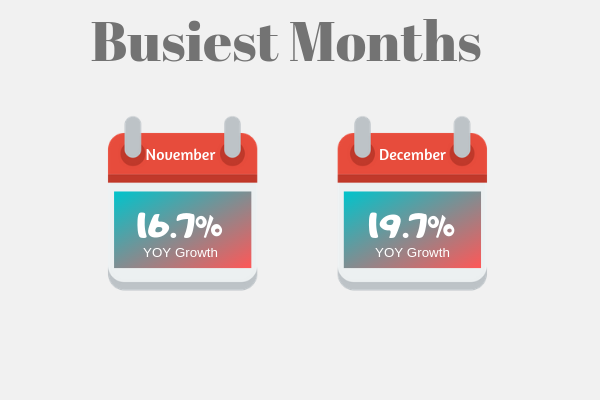
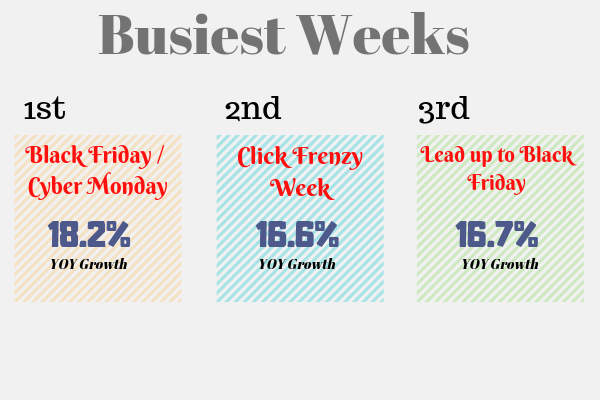
Even mega stores like Woolworth's, Kmart, Target, and Coles have opened up e-commerce sites to exploit the expanded edges of online retail and the capacity to serve purchasers nonstop.
Who does not love to stroll into Target during the evening for a dish rack and leaving with $300 worth of stuff? All things considered, you can do it online at this point. You do not have to waste time in traffic, worry about parking space, wait in line, or drag your cart through the store. You can be sitting on your bed and get whatever you want from the comfort of your home.
Apparel Industry is one of the biggest contributors to the e-commerce world in Australia. Unisex brands with 55.8% and women's wear with 28.6% are the biggest shareholders of this sector. Due to awareness of a healthy lifestyle, activewear has also seen a great year on year increase of 37.5%.
Hence, the universe of e-commerce is blasting and this is the ideal opportunity to make the most of the sustainable growth of Australian e-commerce.
Following are five most compelling statistics about e-commerce in Australia to help you understand better:
1. Australian E-commerce Market Value Will Reach AUD 35.2 Billion By The End Of 2021
Australia is now the tenth biggest e-commerce platform on the planet by income. E-commerce in Australia will keep on growing over the forthcoming years. The market size will be about AUD 35.2 billion (USD 25.2 billion) by the end of 2021.
2. The Variety And Department Stores Are The Quickest Developing E-commerce Areas In Australia
The variety and Department stores saw a 29.6% development in 2018, and this pattern is probably going to proceed in 2019.
3. Third-Party Mobile And Online Payments Are Gaining Popularity
Right now, 47% of online shoppers in Australia use Master-cards to purchase items online whereas 29% of Australians use online platforms like PayPal. While these are the present standings, E-wallets like Ali pay, Amazon Payments or PayPal, will see even more rise in the coming years. By 2023 about 37% of online transactions will be handled by means of e-wallets.
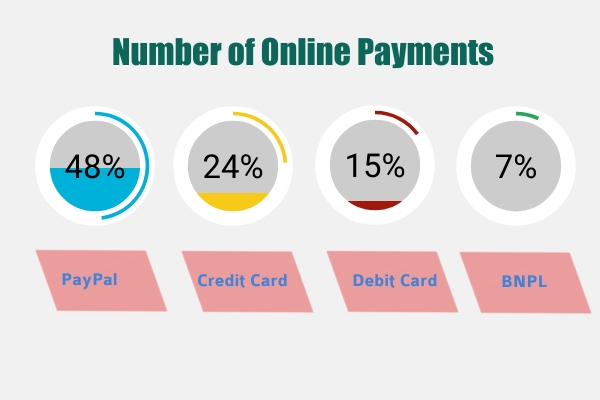
4. Eight Out Of Ten Australians Shop Online And By 2020 One Out Of Ten Things Will Be Purchased Online
As of February 2019, 80.8% of individuals in Australia are shopping online and exceptionally soon one out of each ten things will be acquired off e-commerce stores. By 2021, the e-commerce showcase entrance rate will achieve 85.2% growth and the number of individuals purchasing online will reach 22.0 million!
5. The Highest Number Of Online Sales Are Made In The Evening
Australians love shopping on the web during the evening. As per the statistics, 32.3% of the total online shoppers make purchases in the evening time from 7 pm to 9 pm. This is high time to attract customers as they unwind and relax after a long day at work.
In the following five years, buyers will turn out to be progressively accustomed to shopping online through smartphone applications and websites. Subsequently, a developing number of online retailers are anticipated to offer products through this channel in order to remain relevant. A consistent shopping background between online stages and physical stores, encouraged by mobile phone apps and services, for example, “click and collect” and same day delivery, will be new standards as opposed to differentiators between brands.
Conclusion
The manner in which Australians shop online has changed fundamentally as of late. The adjustment in buyer purchasing sentiment and consumer behavior combined with other full scale and small scale patterns has reshaped how you have to direct business in Australia.
The Australian e-commerce industry has a great deal to offer. Fortunately, Australians love purchasing from local online stores. All they need is a customized item that they can without easily request for purchase from their cell phone with good customer satisfaction and client services. On the off chance that a business can do this, Amazon or any mega e-commerce store is probably not going to steal your deals away from you.
Published on: September 07, 2020

